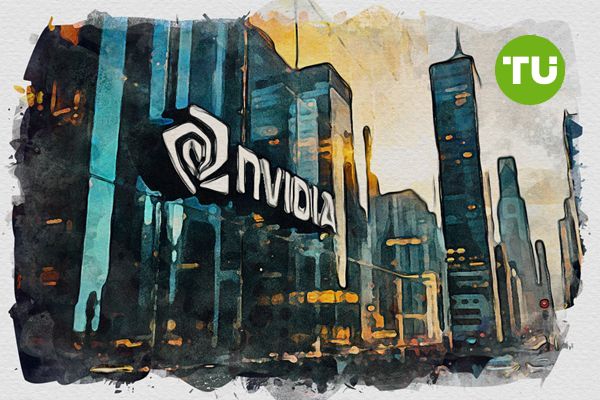Nvidia stock dips below $135 as institutional selling threatens rally
 Analysts have also revised their full-year earnings forecasts for Nvidia for both fiscal 2026 and 2027
Analysts have also revised their full-year earnings forecasts for Nvidia for both fiscal 2026 and 2027
As of May 16, Nvidia stock is trading at $134.8, down 0.4% in the last 24 hours. Nvidia (NASDAQ: NVDA) has experienced a notable recovery from its April lows, with the stock climbing approximately 50% over the past few weeks.
This rally has been underpinned by a significant breakout above the 200-day moving average, which is widely viewed as a critical indicator of long-term market sentiment. The stock has also moved above its 20-day and 50-day moving averages, further reinforcing the bullish trend that has emerged in recent weeks.
However, despite this strong upward momentum, there are signs that Nvidia may be entering a period of consolidation. The Relative Strength Index (RSI), a popular momentum indicator, is approaching overbought levels, which suggests that the current rally may be running out of steam. Historically, when the RSI enters overbought territory, stocks are more likely to experience short-term pullbacks or sideways trading.
NVDA stock price dynamics (March 2025 - May 2025). Source: TradingView.
From a technical perspective, Nvidia faces key resistance levels at $150 and $153. The $153 mark is particularly significant, as it has previously acted as a ceiling for the stock, limiting further gains. On the downside, support is established at $130, which aligns with the 50-day moving average, and at $115, which has historically served as a strong base for buyers. If the stock can maintain its position above these support levels, it is likely to continue its upward trajectory. Conversely, a decisive break below $130 could signal a reversal of the recent uptrend.
Earnings deceleration and institutional activity
Nvidia's recent surge has been supported by a high-profile deal to supply advanced semiconductors to a Saudi Arabian artificial intelligence firm. This development has reignited investor interest in the company, pushing its market capitalization back toward the $3 trillion mark. However, beneath the surface, there are indications that Nvidia's growth may be slowing. For the first quarter, Nvidia is expected to report a profit increase of 44 percent, a significant decline from the triple-digit growth rates seen in previous quarters.
This earnings deceleration is not limited to the short term. Analysts have also revised their full-year earnings forecasts for Nvidia for both fiscal 2026 and 2027, reflecting a more cautious outlook for the company. These downward revisions are primarily due to concerns about a potential slowdown in the artificial intelligence sector, which has been a key driver of Nvidia's explosive growth.
Adding to the uncertainty is the recent news that a prominent institutional investor plans to unload a significant portion of their Nvidia holdings. This announcement comes at a time when institutional interest in Nvidia appears to be waning. According to data from Investor's Business Daily (IBD), Nvidia has a C- Accumulation/Distribution Rating, which suggests that institutional investors are generally selling more shares than they are buying. Notably, five out of seven IBD Mutual Fund Index participants have reduced their Nvidia holdings, indicating a broader shift in sentiment among professional money managers.
Consolidation likely before next move
Looking ahead, Nvidia's stock is expected to enter a period of consolidation between the $130 and $153 resistance levels. This range reflects the ongoing tug-of-war between bullish retail investors and more cautious institutional traders. If Nvidia can successfully break above the $153 resistance level, it would likely trigger another leg higher, with an initial target of $165.
Such a breakout would likely be driven by positive earnings surprises, new product launches, or further strategic partnerships, such as its recent semiconductor deal with the Saudi Arabian AI firm. On the downside, failure to maintain support at $130 could lead to a pullback toward $115, which is a key psychological level and has historically provided a strong base for buyers.
Nvidia's strong financial performance, with a 71 percent EPS increase and 78 percent sales growth, has fueled its bullish trajectory. Its leadership in AI, backed by advanced GPU technology and a growing ecosystem, reinforces its long-term growth potential.













































































































































